#Department stores
Photo


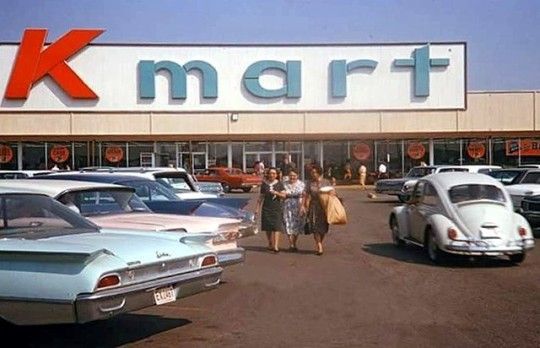

1K notes
·
View notes
Text

F.A.O. Schwarz Toys and Togs catalog - Christmas 1967.
#f.a.o. schwarz#department stores#toy catalogs#vintage catalogs#christmas catalogs#vintage toys#the 60s#1967#nyc#new york city#fifth avenue#vintage illustration#christmas#christmas season#holiday season#xmas#christmas holidays#vintage advertising#christmas advertising#christmas aesthetic#christmas gifts#holiday gifts#christmas shopping
34 notes
·
View notes
Text
Two stores quietly reopened. Nobody knows why. Employees speculate a possible PR stunt or perhaps a test run to gauge public interest.
42 notes
·
View notes
Text
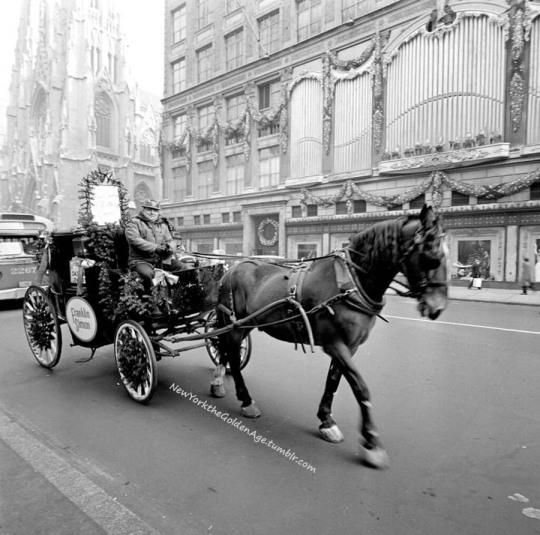
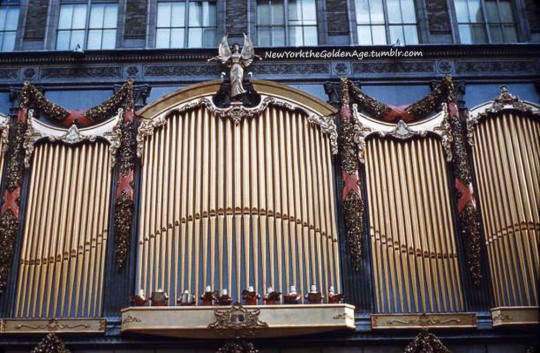
A horse and carriage advertising Franklin Simon passes in front of the more upscale department store, Saks Fifth Avenue, December 22, 1958.
Top photo: Associated Press via WHNT
Bottom photo: Morse Collection/Gado/Getty Images
#vintage New York#1950s#Christmas#Christmas decorations#department stores#Saks 5th Ave.#Franklin Simon#horse & carriage#Dec. 22#22 Dec.#Fifth Ave.#5th Ave.
34 notes
·
View notes
Photo

Gold Seal Rubber Co, 1982
#Sporto boots#ad#1982#nylon#footwear#advertisement#1980s#Bloomingdale's#Kaufmann's#Emporium Capwell#department stores#shoes#fashion#80s#colors#advertising
82 notes
·
View notes
Photo

GUM (XIX c., arch.V. G. Šuchov, A. Pomerantsev) - Moskow, 2012
#travel#russia#original photographers#photographers on tumblr#monochrome#architecture#b&w photography#urban landscape#urban aesthetic#b&w street photography#department stores
79 notes
·
View notes
Photo
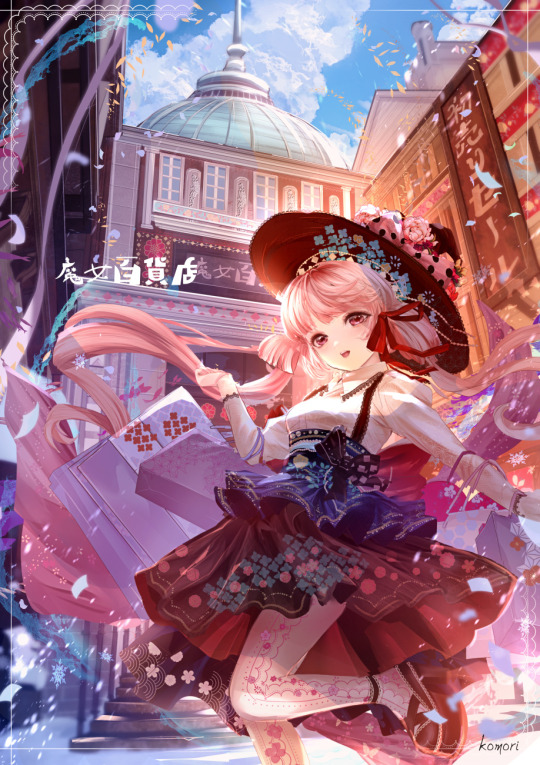
Twitter
Instagram
魔女百貨店
witch department store
#witch#department store#department stores#魔女#百貨店#イラストレーション#イラスト オリジナル#イラストアート#イラスト 女の子#イラスト#GirlsIllustration#original illustration#cute illustration#anime illustration#Digital Illustration#artists on tumblr#artist on tumblr#digital artist#oc artist#artist
87 notes
·
View notes
Text


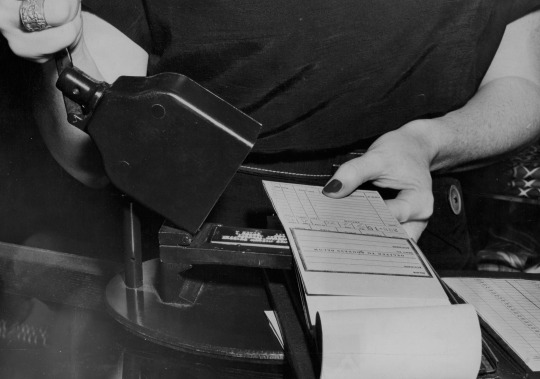

Charge It
Lots of people are pulling out their credit cards today to snag Cyber Monday deals. In 1946, a new credit card debuted in Minneapolis, though it bears little resemblance to the ones we use today.
This new card, called a Charga-Plate, was designed to make it easier for local shoppers to use their store-specific charge accounts. Eight of the top Minneapolis retailers (The Baker Co., The Dayton Co., L.S. Donaldson Co., J.B. Hudson Co., Juster Brothers, Powers Dry Goods Co., Warner Hardware, and The Young-Quinlan Co.) collaborated to send Charga-Plates to their customers. A shopper would receive one Charga-Plate, no matter how many of the stores offered them credit. The location of notches on the plate indicated which stores held accounts for the shopper. The system was meant to speed up the check-out process by eliminating the need for clerks to look up who held credit at their store and then write their information on the receipt. Instead, the Charga-Plate was used to copy the buyer's name to the invoice quickly. Newspaper ads touted it as "A truly modern shopping service!"
This Charga-Plate from our collections belonged to Charlotte Griffin Weld. Weld was a leader in many civic organizations in the 1940s and 1950s, including the Friends of the Minneapolis Institute of Arts, the women's division of the Hennepin County War Finance Committee, and the Women's Association of the Minnesota Orchestra (WAMSO).
Photos of Charga-Plates from the Minneapolis Newspaper Photograph Collection in the Hennepin County Library Digital Collections. Weld's Charga-Plate from the Charlotte Griffin Weld Papers (M/A 0082).
84 notes
·
View notes
Text

And Still Insists He Sees The Ghosts
109 notes
·
View notes
Photo

#halloween#holiday#october#halloween costumes#woolworth's#department stores#retail#shopping#superheroes#batman#superman#the green hornet#comic books#dc comics#advertisements#vintage
31 notes
·
View notes
Text

Recent Acquisition - Ephemera Collection
Television on display.
Miller & Rhoads, Richmond, Va.
25 notes
·
View notes
Text
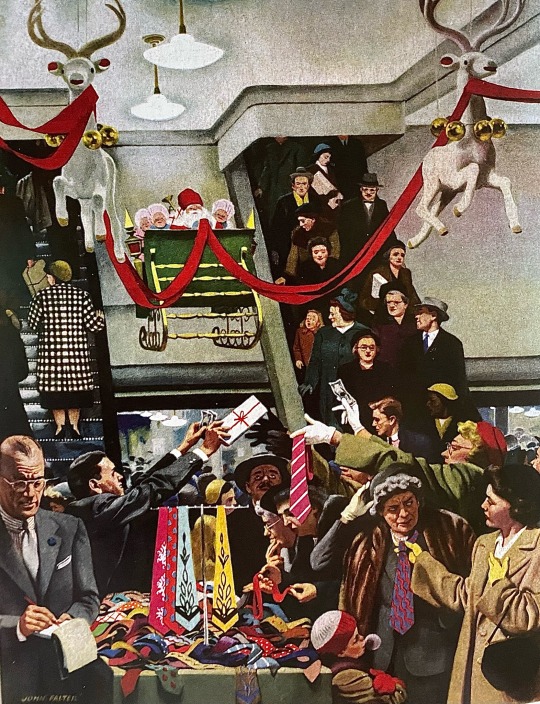
15 notes
·
View notes
Photo
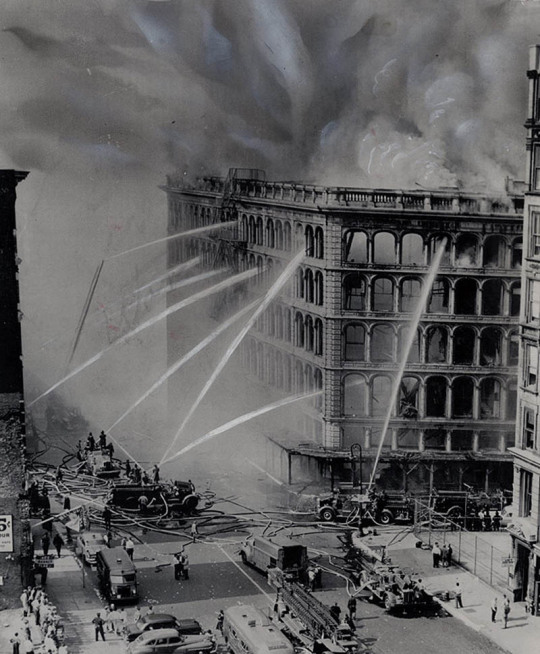

A fire broke out in the former Wanamaker’s department store at 9th St. and Broadway on July 15, 1956. Six hundred firefighters and more than 50 pieces of equipment were needed to control the blaze, which lasted 25 hours. An estimated 50 million gallons of water was used. It flooded the Astor Place subway station and officials feared that Fourth Avenue (on the other side of the building) would collapse, but fortunately that did not happen.
The handsome Renaissance palazzo-style building was gutted, but the cast iron shell remained.
Top photo: Associated Press via the Harry Ransom Center, U. of Texas
Bottom photo: Sheldon Gottesman for the NY Journal-American via Harry Ransom Center, U. of Texas
#New York#NYC#vintage new york#1950s#Sheldon Gottesman#Wanamaker's#fire#disasters#July 15#department stores
317 notes
·
View notes
Text

"Baby Elephant Welcomed at Department Store", 11/1/1955
"Arriving from India to spend the Christmas season at the John Wanamaker midcity store, a four-month-old elephant receives a warm welcome. Marcia MacDonald, six, of Haverford, feeds carrots to Hannibal while Barbara Mariani, of Lafayette Hills, fits him with a baby bonnet."
George D. McDowell Philadelphia Evening Bulletin Photographs
Temple University Digital Collections
7 notes
·
View notes
Text
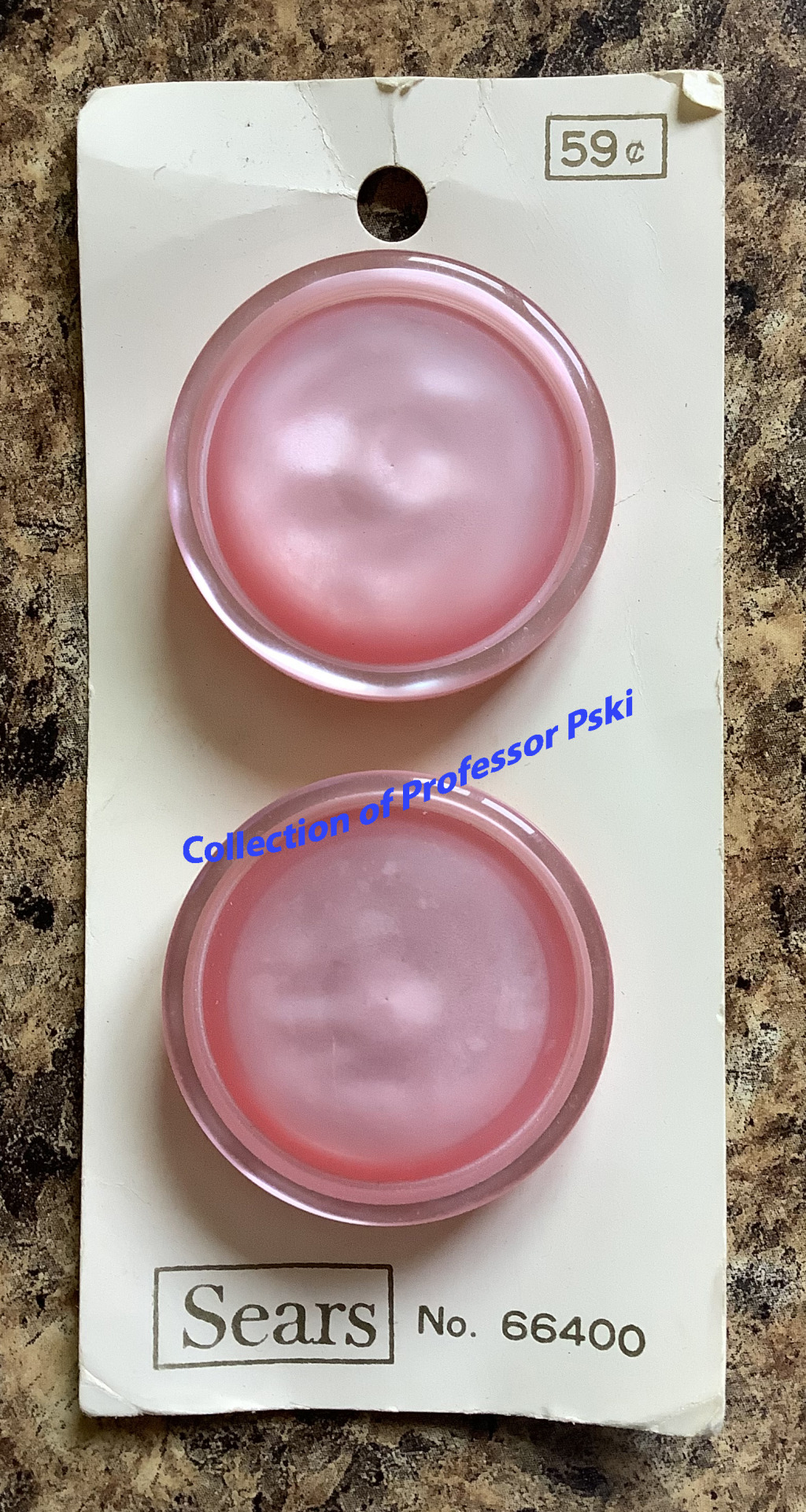
The Pink Buttons, Or Why We Hunt Vintage Buttons
Vintage buttons charm me because they offer so much greater variety than contemporary buttons do. And clearly they were sold originally far more widely than buttons are sold today. See how Sears, a department store sold these. Why is that? I have a couple of ideas.
Partly it is the result of larger wardrobes. If you own 20 items, you don't think so much about the buttons on them as you would if you owned only 5 items. Partly, it is the result of fewer women learning to sew. Department stores sold fabric and patterns and buttons because they knew that women bought some clothing and made other clothing. If you plan out an entire garment from the fabric to the pattern to the buttons, you are fussier about your choices and less willing to settle for something that is not exactly what you had in mind. If you are at the mercy of ready-to-wear, you know you have to settle. Of course, the Dress Doctors pointed out you could swap out boring buttons for better ones even if you did buy ready-to-wear.
These buttons are clearly for a coat or suit as they measure almost and an inch and a half across. Their glossy and matte and textured surface might have been used on any kind of fabric, but I am thinking that would have really shown on one of those mohair coats or tweedy jackets of the late 1950s and early 1960s.
I haven't decided what I am doing with them, but am thinking it must be something that shows them off.
#vintage buttons#buttons#costume history#dress history#fashion history#sewing#vintage sewing#sears#department stores#ready to wear#1950s fashion#1960s fashion
17 notes
·
View notes
